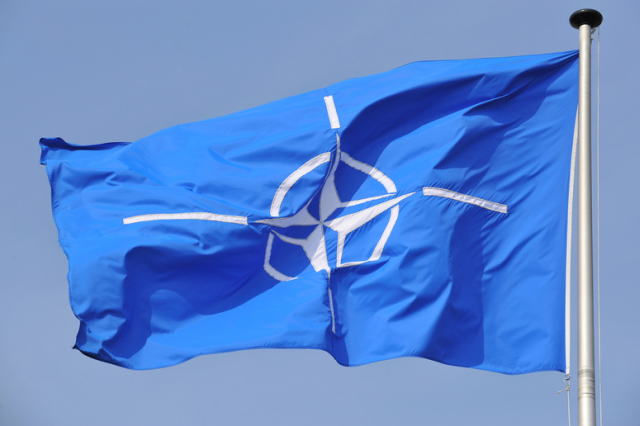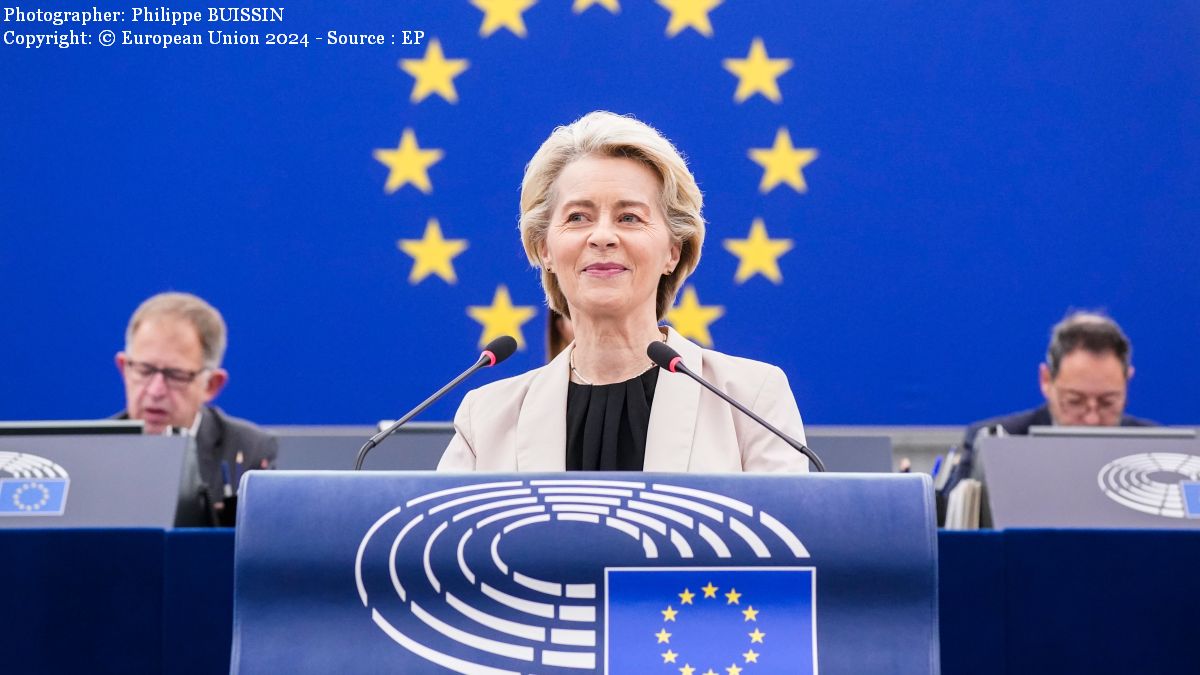NATO strengthens its eastern border
A member of the North Atlantic Treaty Organisation since 2004 and of the European Union since 2007, Romania is preparing to play host, in the month of November, to a regional summit on strengthening the eastern border of the two organisations

Corina Cristea, 11.09.2015, 13:42
The summit is taking place against the background of recent changes in
the security context in the area. In an interview with Radio Romania,
ambassador Sorin Ducaru, NATO Assistant Secretary General, presented the
situation and talked about possible risks:
Sorin Ducaru: The situation is rather
dynamic, and not in a good sense. The illegal annexation of Crimea by Russia
was followed by several other actions related to a tendency of militarising the
peninsula, and I’m not only talking about the military presence and the number
of soldiers. There is also a tendency to install several pieces of equipment,
missile systems, air and naval systems.
A matter of concern is also Russia’s rhetoric on the possibility to
place nuclear armament in Crimea. This rhetoric alone, even though we speak
only of rhetoric in this case, can generate destabilizing effects.
Romania is now at his highest security level since it
joined NATO, particularly against the backdrop of NATO’s recent decisions to
strengthen its eastern flank, the Director General for Strategic Affairs with
the Romanian Foreign Ministry, Dan Neculaescu has said.
Dan Neculaescu: I’d dare say that most
likely than not Romania now enjoys the best protection level in its recent
history. After the Ukrainian crisis of March 2014 when Russia illegally annexed
the peninsula, measures were taken at several levels to secure the allies,
including Romania. The first level was the security measures that practically consisted
of exercises, including surveillance flights, as well as of a rotating military
presence on the territory of the eastern allies. The second level was that of
the allies that had a special relation with Romania, especially the US, and
that had a consolidated and strengthened presence on Romania’s territory. But
not only the US. It was also Canada and Portugal. Last year we had a contingent
of Canadian aircraft, this year we have a contingent of Portuguese planes.
What’s next? We mean to consolidate NATO’s presence in Romania. To this end,
the upcoming summit in Poland in 2016 is quite important.
NATO’s policy of eastern flank
consolidation includes the new command center in Romania, which became
operational this month, along with five others, in Bulgaria, Poland, Estonia,
Latvia and Lithuania. Their mission is to facilitate deployment for NATO’s
newly created Very High Readiness Joint Task Force and to coordinate exercises.
Around 40 officers will man each of the centers, which will be fully operational
by the time the NATO summit starts. While attending the ceremony to begin
operations at the center in Lithuania, NATO Secretary General Jens Stoltenberg
said:
Jens Stoltenberg: Each headquarters will have
a key role in planning NATO forces. And, if need be, in assisting potential
reinforcements. They will ensure that, should our forces need to move, they can
move quickly and effectively. And they send a clear message: No NATO ally
stands alone. NATO is here and NATO is ready. Ready to defend all allies
against any threat. Solidarity is the essence of our alliance. Our commitment
to this fundamental principle – that an attack on one is an attack on all, is
unwavering.
The creation of
new command and control units is aimed at improving the Alliance’s capability
of providing a concrete and decisive response to any hostile action against
NATO members as colonel Catalin Ticulescu explains. Ticulescu is commander of a
NATO integration unit with the armed forces in Bucharest and was wounded during
a patrol mission in Afghanistan.
Catalin Ticulescu: The establishment of the
command centre I am honoured to lead and later of the Multinational Division
South-East, as well as the significant increase in the number of national and
multinational exercises carried out this year, represent Romania’s firm
response, solid commitment and consistent contribution to the efforts of the
North Atlantic Alliance in demonstrating that it possesses the necessary
capabilities to respond to any possible security threat against its members.
This command centre is not a military base. It will not conduct military
actions as such. Its role is to facilitate the rapid deployment of allied
forces in the region, support collective defence and assist in the coordination
of exercises and training carried out jointly with our allies.
The center’s staff consists of 42 military, 27 of whom are from Romania
as host country. The NATO Force Integration Unit in Bucharest will be
coordinated, alongside the unit in Sofia, by the NATO Multinational Division
South-East whose headquarters are in Bucharest.





























